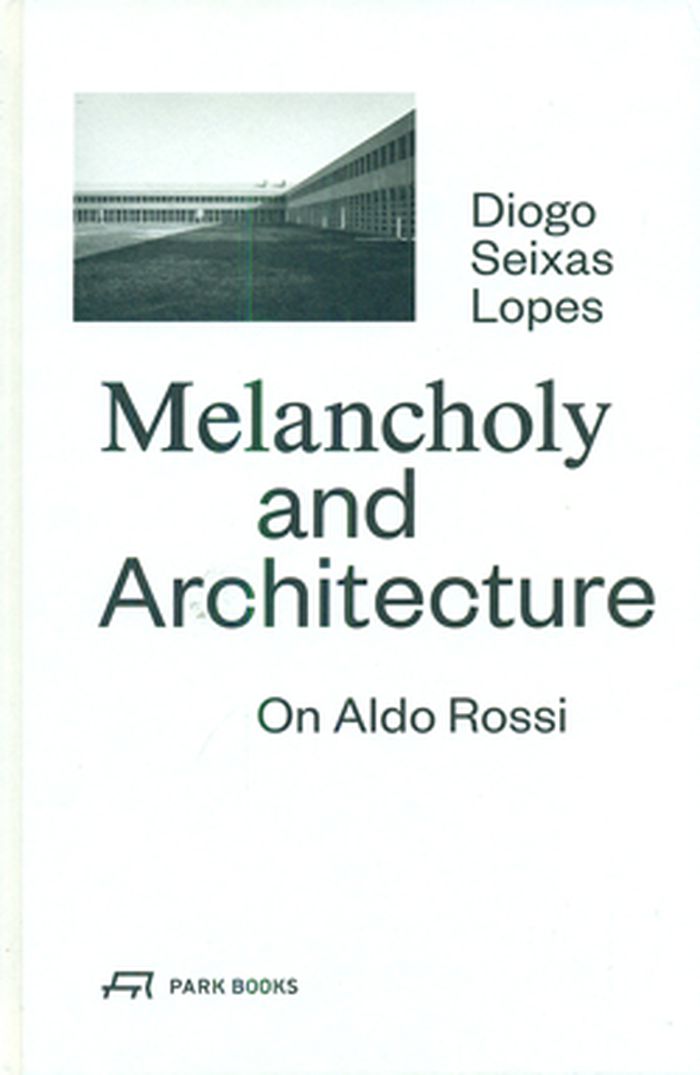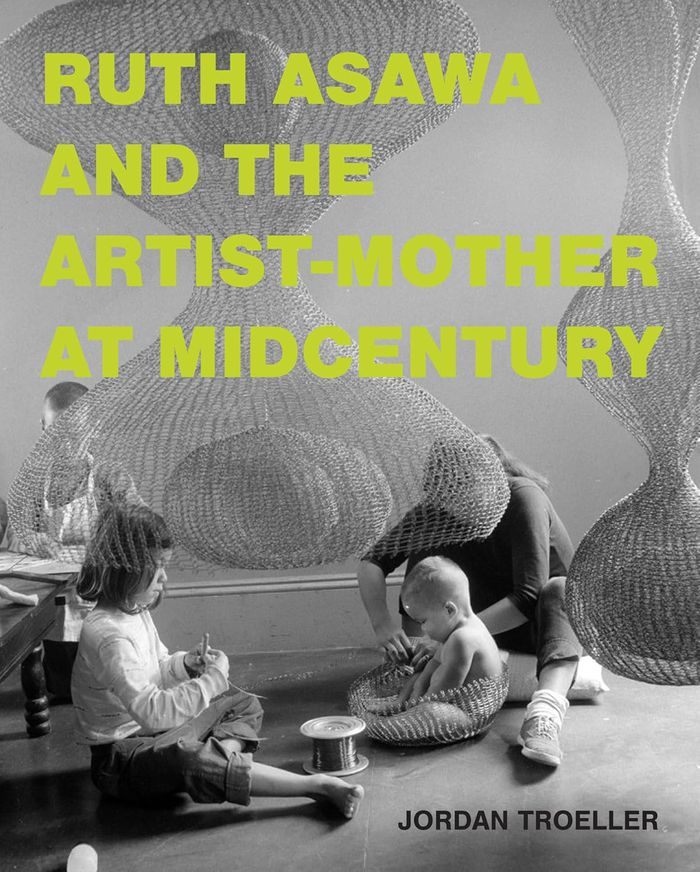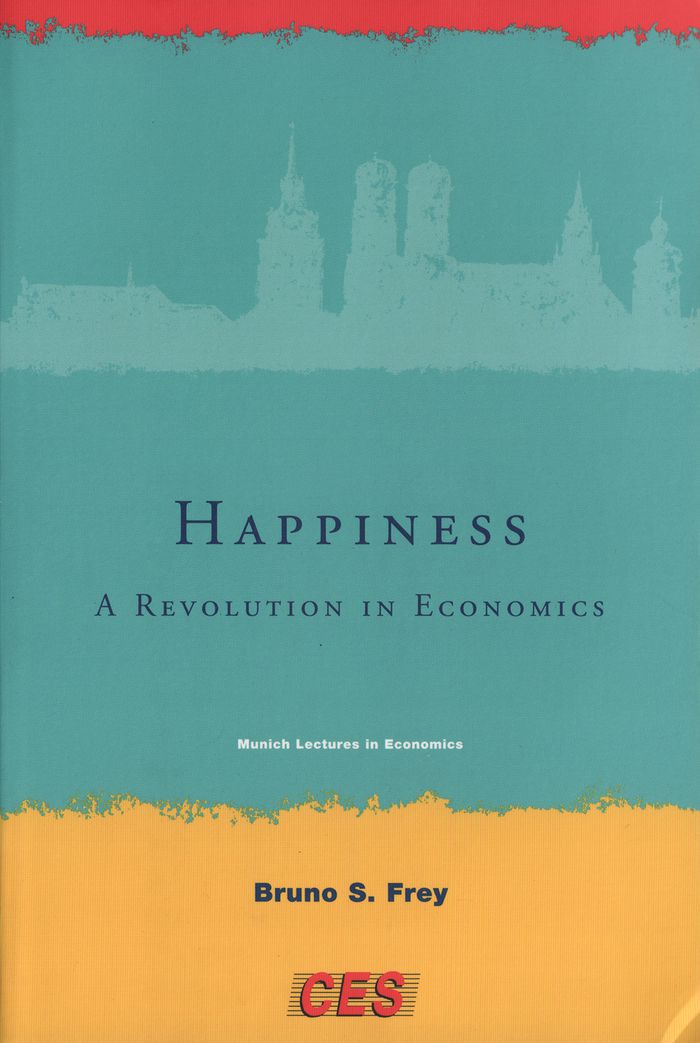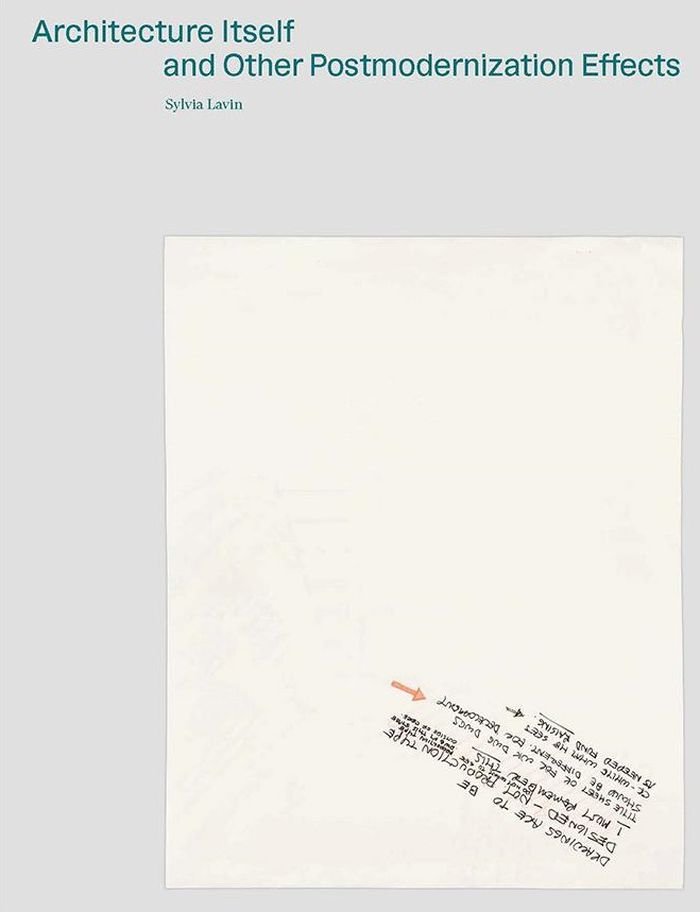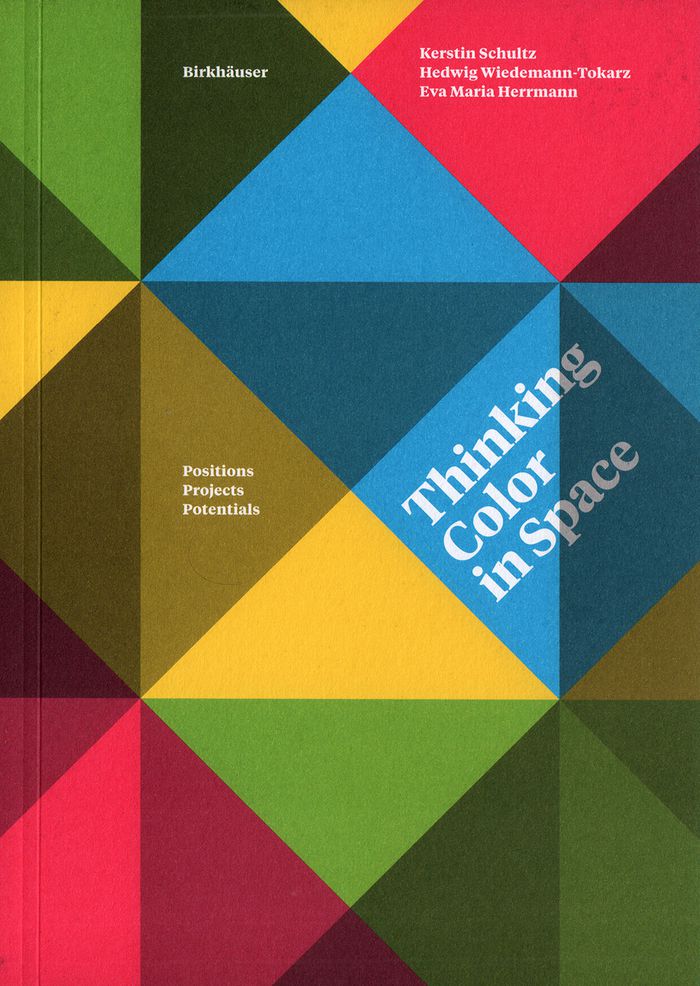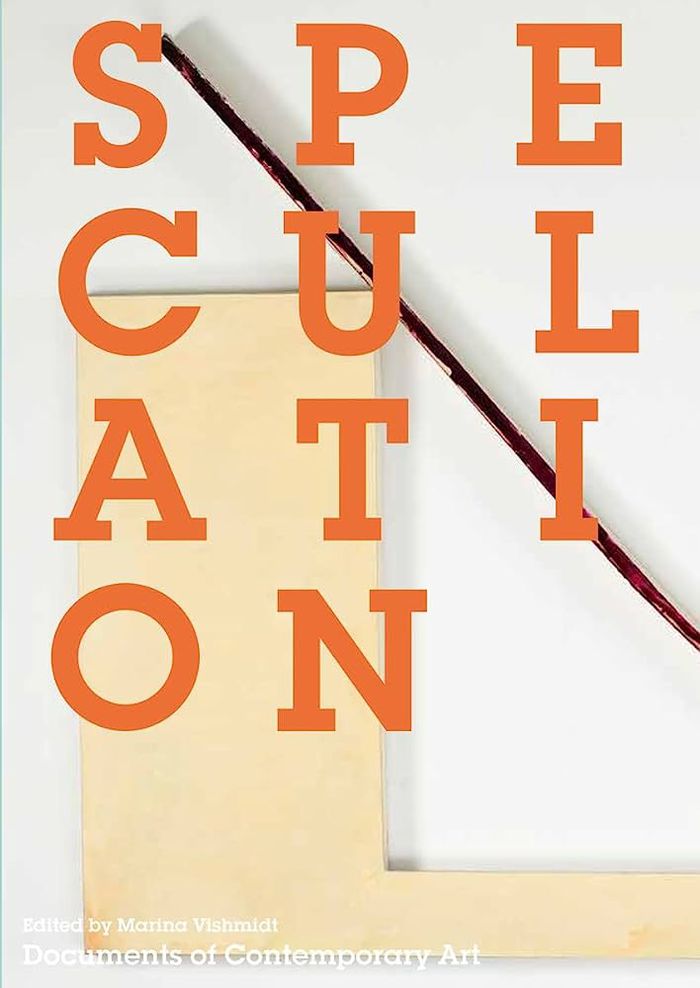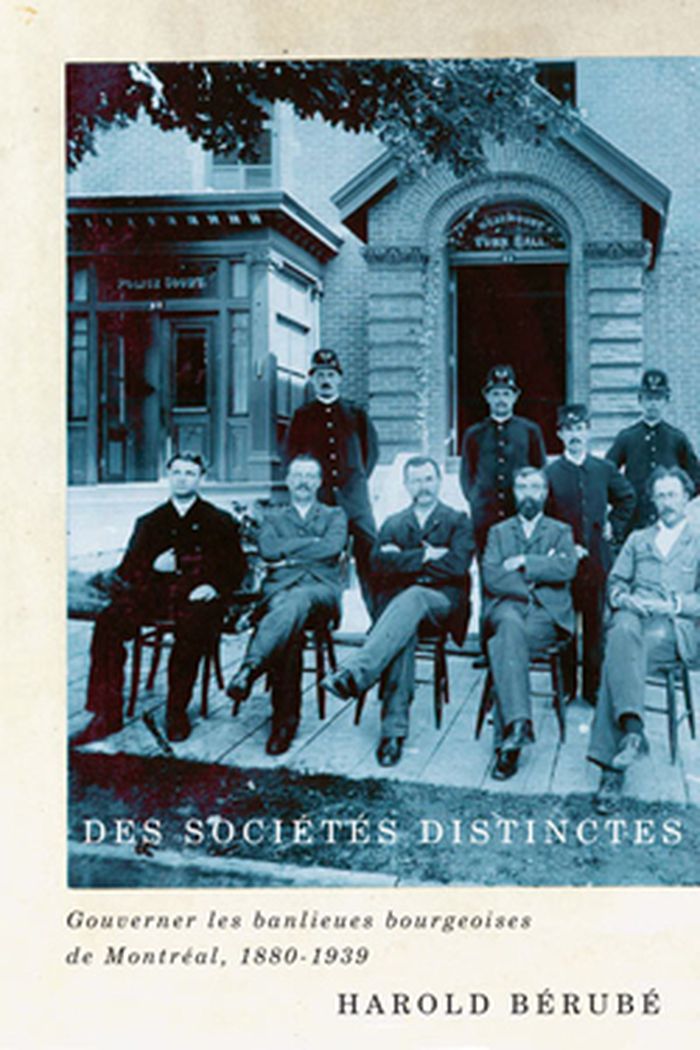Jana Sterbak: Velleitas
$50.00
(disponible en magasin)
Résumé:
A l'occasion d'une exposition rétrospective des travaux de Sterbak, Murray met en lumière les composantes architecturale et géométrique présentes dans l'oeuvre de l'artiste. Noble décèle dans l'oeuvre une dialectique situant le corps entre autonomie et confinement. Comprend des anecdotes relatées par l'artiste, deux extraits d'écrits de Calvino et De Azua, ainsi qu'une(...)
Jana Sterbak: Velleitas
Actions:
Prix:
$50.00
(disponible en magasin)
Résumé:
A l'occasion d'une exposition rétrospective des travaux de Sterbak, Murray met en lumière les composantes architecturale et géométrique présentes dans l'oeuvre de l'artiste. Noble décèle dans l'oeuvre une dialectique situant le corps entre autonomie et confinement. Comprend des anecdotes relatées par l'artiste, deux extraits d'écrits de Calvino et De Azua, ainsi qu'une nouvelle de Bowles. On the occasion of a retrospective exhibition of Sterbak's work, Murray brings to light architectural and geometrical components in the artist's work. Noble uncovers a dialectic in the work which situates the body between autonomy and containment. Includes anecdotes by the artist, two excerpts from Calvino and De Azua, and a short story by Bowles.
$69.95
(disponible sur commande)
Résumé:
Aldo Rossi (1931-97) is a key figure in 20th-century architecture. Discarding utopian pretences, his work claimed the autonomy of architecture with formal restraint, and remains highly influential both in theory and practice until the present day. In this new book, Diogo Seixas Lopes looks at Rossi's work through the lens of a term often used to describe the great(...)
décembre 2014
Melancholy and architecture: on Aldo Rossi
Actions:
Prix:
$69.95
(disponible sur commande)
Résumé:
Aldo Rossi (1931-97) is a key figure in 20th-century architecture. Discarding utopian pretences, his work claimed the autonomy of architecture with formal restraint, and remains highly influential both in theory and practice until the present day. In this new book, Diogo Seixas Lopes looks at Rossi's work through the lens of a term often used to describe the great architect's work: melancholy. While the influence of melancholy on literature and visual arts has been debated extensively, its presence in architecture has been largely overlooked. By exploring Rossi's entire career, Lopes traces out the oscillation between enthusiasm and disenchantment that marks Rossi's oeuvre.
$65.95
(disponible en magasin)
Résumé:
For most of modern history, to be an artist and a mother was to embody a contradiction in terms. This "awful dichotomy," as painter Alice Neel put it, pitted artmaking against caretaking and argued that the best art was made at the expense of family and futurity. But in San Francisco in the 1950s and 1960s, a group of artists gathered around Ruth Asawa (1926–2013) began(...)
Ruth Asawa and the artist-mother at midcentury
Actions:
Prix:
$65.95
(disponible en magasin)
Résumé:
For most of modern history, to be an artist and a mother was to embody a contradiction in terms. This "awful dichotomy," as painter Alice Neel put it, pitted artmaking against caretaking and argued that the best art was made at the expense of family and futurity. But in San Francisco in the 1950s and 1960s, a group of artists gathered around Ruth Asawa (1926–2013) began to reject this dominant narrative. In Ruth Asawa and the Artist-Mother at Midcentury, Jordan Troeller analyzes this remarkable moment. Insisting that their labor as mothers fueled their labor as artists, these women redefined key aesthetic concerns of their era, including autonomy, medium specificity, and originality.
Théorie de l’art
$29.95
(disponible sur commande)
Résumé:
In this perceptive book, Myria Georgiou sets out to investigate the new configuration of social order that is taking shape in today’s cities. Although routed through extractive datafication, compulsive connectivity, and regulatory AI technologies, this digital order nonetheless displaces technocentrism and instead promotes new visions of humanism, all in the name of(...)
Being human in digital cities
Actions:
Prix:
$29.95
(disponible sur commande)
Résumé:
In this perceptive book, Myria Georgiou sets out to investigate the new configuration of social order that is taking shape in today’s cities. Although routed through extractive datafication, compulsive connectivity, and regulatory AI technologies, this digital order nonetheless displaces technocentrism and instead promotes new visions of humanism, all in the name of freedom, diversity, and sustainability. But the digital order emerges in the midst of neoliberal instability and crises, resulting in a plurality of contrasting responses to securing digitally mediated human progress. While corporate, media, and state actors mobilize such positive sociotechnical imaginaries to promise digitally mediated human progress, urban citizens and social movements propose alternative pathways to autonomy and dignity through and sometimes against digital technologies.
Théorie de l’urbanisme
$35.50
(disponible sur commande)
Résumé:
Revolutionary developments in economics are rare. The conservative bias of the field and its enshrined knowledge make it difficult to introduce new ideas not in line with received theory. Happiness research, however, has the potential to change economics substantially in the future. Its findings, which are gradually being taken into account in standard economics, can be(...)
Happiness: a revolution in economics
Actions:
Prix:
$35.50
(disponible sur commande)
Résumé:
Revolutionary developments in economics are rare. The conservative bias of the field and its enshrined knowledge make it difficult to introduce new ideas not in line with received theory. Happiness research, however, has the potential to change economics substantially in the future. Its findings, which are gradually being taken into account in standard economics, can be considered revolutionary in three respects: the measurement of experienced utility using psychologists’ tools for measuring subjective well-being; new insights into how human beings value goods and services and social conditions that include consideration of such non-material values as autonomy and social relations; and policy consequences of these new insights that suggest different ways for government to affect individual well-being.
$48.00
(disponible en magasin)
Résumé:
Before architectural postmodernism was named as such, the process of postmodernizing architecture had already begun implicating architectural work in the increasingly information-driven logic of the late twentieth century. Though radical, the effects of this process have long been excluded from the predominant histories of postmodernism, which continue to rely on notions(...)
Architecture itself and other postmodernization effects
Actions:
Prix:
$48.00
(disponible en magasin)
Résumé:
Before architectural postmodernism was named as such, the process of postmodernizing architecture had already begun implicating architectural work in the increasingly information-driven logic of the late twentieth century. Though radical, the effects of this process have long been excluded from the predominant histories of postmodernism, which continue to rely on notions of individual and creative genius, architectural autonomy, and stylistic genealogies. Architecture Itself and Other Postmodernization Effects places material devices, such as Pantone chips, research grant applications, questionnaires, Xerography, and travel photography, at the forefront of a counter-narrative that recasts these informatic procedures as fundamentally architectural and as the primary of catalysts of the loose agglomeration of styles that was once called postmodernism.
Publications du CCA
$78.95
(disponible sur commande)
Résumé:
The interaction between color and architecture determines our perception of space, and defines the tectonic relationships. The fascinating spatial potential of color, and the multi-layered dimensions of interpretation in the experience of color are design and communication means which, however, are often not fully used ? color oscillates between autonomy and functional(...)
novembre 2018
Thinking color in space: positions, projects, potentials
Actions:
Prix:
$78.95
(disponible sur commande)
Résumé:
The interaction between color and architecture determines our perception of space, and defines the tectonic relationships. The fascinating spatial potential of color, and the multi-layered dimensions of interpretation in the experience of color are design and communication means which, however, are often not fully used ? color oscillates between autonomy and functional purpose, and should be understood as a distinct "material" that can be used as part of the design. The book focuses both on the tangible aspects and design criteria of color, and on its indeterminate nature and its experience value. Using examples in art and architecture, the spatial interdependency of color is illustrated, as is its interaction with structure, light, and geometry.
$9.99
(disponible sur commande)
Résumé:
Architectural discourse today is characterized by an overlapping conversation between architects and academics, teachers and students, theorists and practitioners. Certain terms-"diagram, " "extreme form, " "autonomy, " and "the generic, " among others-capture the moment in architecture in definition and in operation. "Crib sheets" is a guide-a "crib"-to twenty-two of(...)
livres soldés
juin 2005, New York
Crib sheets : notes on thecontemporary architectural conversation
Actions:
Prix:
$9.99
(disponible sur commande)
Résumé:
Architectural discourse today is characterized by an overlapping conversation between architects and academics, teachers and students, theorists and practitioners. Certain terms-"diagram, " "extreme form, " "autonomy, " and "the generic, " among others-capture the moment in architecture in definition and in operation. "Crib sheets" is a guide-a "crib"-to twenty-two of those buzzwords, framing contemporary currents and trajectories. Each of the words is presented with a list of quotations, or sound bites, arranged in order of length and drawn from more than two hundred commentators, from Charles Baudelaire, Le Corbusier, and Buckminster Fuller to Frank Gehry, Paul Goldberger, and Rem Koolhaas. The structure attempts to evoke the present-day architectural conversation, capturing social milieus, current events, clusters of topics, and even background noise and eavesdropping.
livres soldés
$35.95
(disponible en magasin)
Résumé:
Engaging with the question of speculation in ways that encompass the artistic, the economic, and the philosophical, with excursions into the literary and the scientific, this collection approaches the theme as a powerful logic of contemporary life whose key instantiations are art and finance. Both are premised on the power of contingency, temporality, and experimentation(...)
Speculation: Document of contemporary art
Actions:
Prix:
$35.95
(disponible en magasin)
Résumé:
Engaging with the question of speculation in ways that encompass the artistic, the economic, and the philosophical, with excursions into the literary and the scientific, this collection approaches the theme as a powerful logic of contemporary life whose key instantiations are art and finance. Both are premised on the power of contingency, temporality, and experimentation in the creation (and capitalization) of possible worlds. Artistic autonomy, and the self-legislation of the space of art, have often been seen as the freedom to speculate wildly on material and social possibilities. This anthology surveys material and social inventiveness from the ground up, speculating with technologies, gender, constructs of the family, and systems of logistics and coordination. An ecology of speculation is traced—one that is as broken, specific, and enthralling as the world.
Théorie de l’art
$37.95
(disponible sur commande)
Résumé:
In 2006 fifteen suburban municipalities of Montreal partially regained the autonomy they lost during the 2002 mergers. The fact that most of these were affluent suburbs did not go unnoticed. Supporters of the "one island, one city" project saw the demerged municipalities as fiscal and linguistic enclaves refusing integration into the wider metropolitan community, but for(...)
Des sociétés distinctes : gouverner les banlieues bourgeoises de Montréal, 1880-1939
Actions:
Prix:
$37.95
(disponible sur commande)
Résumé:
In 2006 fifteen suburban municipalities of Montreal partially regained the autonomy they lost during the 2002 mergers. The fact that most of these were affluent suburbs did not go unnoticed. Supporters of the "one island, one city" project saw the demerged municipalities as fiscal and linguistic enclaves refusing integration into the wider metropolitan community, but for merger opponents they represented the last political institutions of Quebec's anglophone community, with long-established local identities and distinct political cultures. Harold Bérubé studies three of these "distinct societies" - Westmount, Pointe-Claire, and Town of Mount Royal - between the end of the nineteenth century and the beginning of the Second World War, demonstrating that they were the stage for a distinctive form of suburban governance, rooted in the search for socioeconomic distinction in a quickly changing metropolitan environment.
Architecture de Montréal

